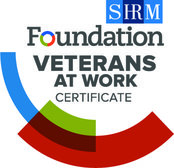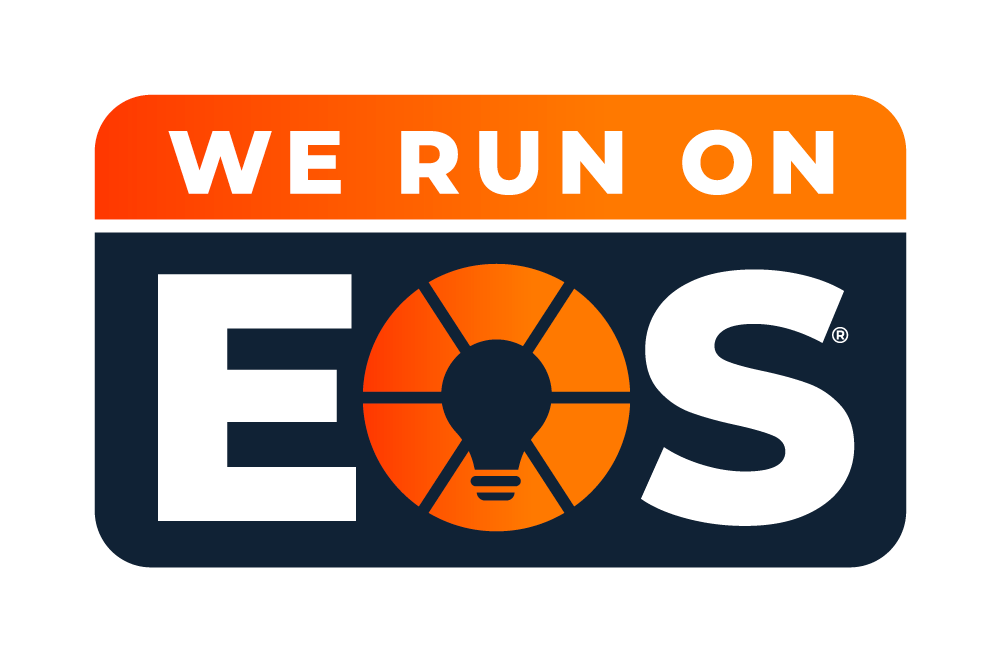Teaming Agreements – Workshare Analysis
Table of Contents
- Introduction
- Workshare Discrepancies in Teaming Agreements
- Calculating Addressable Workshare
- Importance of Clearly Articulating Workshare in the Teaming Agreement
- Assistance with Workshare and Subcontracting
- Key Takeaways
- About The Author, Kathy Wright
Any company that has been a teammate under a FAR Part 9 Teaming Agreement is familiar with negotiating workshare that will be subcontracted to them if the team wins an award. Aren’t those days when we learn we have won a contract/subcontract the best? But later, at some point during the execution of the prime contract, a quick calculation of your cumulative task order values divided by the published prime contract funded values does not measure up to the workshare percentage promised in the Teaming Agreement. So, what gives?
There could be several answers, depending on how the workshare commitment in the Teaming Agreement is described.
- Did the Teaming Agreement actually promise workshare, or did it use modifiers like “targeted”, “approximate”, or “estimated”? Was the workshare a goal or a true commitment?
- If the workshare was a firm commitment and is stated in terms of a dollar percentage, how are the total dollars defined? Are these total contract dollars? Total labor dollars? Burdened or unburdened dollars? If the baseline is not defined in the Teaming Agreement, it is open to interpretation.
One way to clarify how workshare is allocated is to define “addressable workshare”. Addressable workshare typically excludes project management by the prime and the prime’s profit and burdens tied to the subcontractor’s prices. This part of the total contract value rightfully belongs to the prime and subcontractors should not have an expectation that they are entitled to that portion of the funding as part of their workshare. Let’s do the math*.
$1,000,000 – Prime Contract Award Value
Less 45% – Overhead, General & Administrative/Fringe, Profit
$550,000 – Total Labor Dollars
Less Project Management Labor
$480,000 – Addressable Workshare Work Share
*Values are hypothetical and for illustration purposes only.
In the example above, the $480,000 pie to share among the teammates is much smaller than the contract award value but is not an unfair assessment of addressable workshare. The larger the prime and the bigger investment it has made in its facilities, the larger the piece of the pie they must retain to sustain their business.
Whatever method the team chooses to define workshare, make sure it is clearly articulated in the Teaming Agreement so that the signatories fully understand the commitment and can use the same calculation sequence to verify workshare distribution when the team wins and begins to execute. For locking that workshare into your subcontract with the prime, see our “Bridging the Gap” article (coming soon) or call the BOOST LLC Contracts team.
Key Takeaways
- Workshare discrepancies in Teaming Agreements can arise during the execution of the prime contract when the actual workshare percentage does not align with the promised commitment.
- The language used in the Teaming Agreement to describe workshare can impact the level of commitment.
- Defining the baseline for total dollars in the Teaming Agreement is important to avoid ambiguity and misinterpretation.
- Addressable workshare focuses on the portion of contract funding that rightfully belongs to subcontractors.
- Clearly articulating the workshare calculation and distribution in the Teaming Agreement ensures understanding and verification during contract execution.
- Seeking assistance from compliance services for GovCons can help bridge the gap between the Teaming Agreement and subcontracting arrangements.
About The Author, Kathy Wright
Kathy Wright is a contracts and procurement professional with more than 30 years of experience working with government and commercial contracts. She has worked for both small and large businesses and has developed a contracts management style that blends agility with process improvement.








